NTW ANALYSIS ON PINC 2016
On 4th April 2016 the European Commission published its latest communication on the Nuclear Illustrative Programme (PINC). The European Commission is required to regularly develop new Pinc outlining the goals of the nuclear sector. She has just published its first report since the accident at Fukushima Daiichi.
BACKGROUND
PINC is a communication of the European Commission, presented under Article 40 of the Euratom Treaty for the opinion of the European Economic and Social Committee. PINC is a periodically (roughly every 7 years) issued overview from the European Commission indicating what kind of investments are foresees in the nuclear sector in the upcoming period.
The last PINC was published on the 05/04/2016. [1]It is the first report since Fukushima in 2011, and thus aims to focus on the investments related to post-Fukushima safety upgrades and to the safe operation of existing facilities. It’s presented as a « basis for discussion and aims to include all stakeholders, especially civil society, in the discussion on nuclear energy trends and related investments for the period up to 2050 ». [2]
PINC does not indicate how much money the European Commission or the European Union or Euratom as governance structures are going to invest in nuclear. It gives over-all estimates in the sector. PINC furthermore does not give hard figures, but only soft estimates.
INVESTMENTS FOR NEW BUILD?
European Industry Group Calls For comprehensive subsidies For New Build. For Foratom, the European Commission (EC) should establish clear guidelines on investment for nuclear new build in the forthcoming PINC. In a 2015 position paper[3], Foratom said more than 100 nuclear reactors would need to be commissioned over the next 35 years if Europe was to maintain at least the current capacity of nuclear generation. Asked about the eventual cost of such a major new build effort, Mr Ivens, Foratom’s institutional affairs director, said the required investment would probably be between €500bn and €800bn, based on recent estimates[4].
But the cost of new-build are escalating and underestimated. Without lifetime extensions, around 90% of the EU’s existing nuclear reactors would be shut down by 2030. But even with lifetime extensions, 90% of existing nuclear electricity production capacity will need to be replaced before 2050. This will cost €350-500 billion, estimates the Commission.
The PINC analyses different financing models in several EU Member States and underlines the understatement of the year by speaking about projects in the EU, which have experienced delays and cost overruns. The Finnish Olkiluoto and French Flamanville projects are both at over three times their original budgets and years behind schedule.
The Commission admits that the costs of new-build projects “are in the high range” of what analysts expected. Hinkley Point C tops the charts with €6.755 per KWe (vs. a €5.290 per KWe average for a “first of a kind” twin unit). There is a “historical trend of cost escalation”, the Commission concludes. Even in France, construction costs per MWe in 1974 were three times lower than those of units connected to the grid after 1990.
WHICH INVESTMENTS ARE FORESEEN FOR NUCLEAR PLANT LIFE-TIME EXTENSIONS ?
Upgrades for plant life-time extensions beyond the initial foreseen technical lifetime of reactors (of 30 or 40 years, depending on design), with safety upgrades “as far as reasonably practicable”, are supposed to need between 45 and 50 Bln Euro until 2050. This is a strange figure, because only France already will need to invest around 100 Bln Euro in the upgrade of its fleet until 2030, while closing down a third of it. Greenpeace furthermore had to conclude after the post-Fukushima stress tests that many important upgrades proposed for existing nuclear reactors were bogged down by “more studies” or delayed because of economic reasons.
DECOMMISSIONING AND WASTE FUNDS
It is the back-end of the fuel cycle – waste management and decommissioning – that is going to claim a rising share of investments in the years ahead. More than 50 of the EU’s 131 reactors are likely to be shut down by 2025, and there are still many unkowns. Only 3 reactors in Europe have so far been completely decommissioned – all of them in Germany. The European commission wants Europe to become leader in decommissioning technology and experience.
Member States expect to need a total of 253 Bln Euro for decommissioning and waste until 2050 – 123 Bln Euro for decommissioning and 130 Bln Euro for spent nuclear fuel and nuclear waste management. This does not include costs expected after 2050, which could be more than this amount, because most countries only expect to start implementing radioactive waste depositories after 2050. Currently, there is only 150 Bln Euro aggregated in dedicated funds.
RADIOACTIVE WASTE MANAGEMENT AND DECOMMISSIONING: LARGELY UNKNOWN TERRAIN
About Nuclear waste, Member States will need to move from research to action on geological disposal. The first facilities are expected to be up and running in Finland, Sweden and France between 2020 and 2030 (Finland is in the lead with a due date of 2023). Almost all other Member States are at the “preliminary studies” stage. Public acceptance remains a challenge. The projected costs of long-term geological storage depositories run from less than half a billion in Slovenia and Croatia to over €20 billion in France, according to PINC. It all adds up to €68 billion, or nearly half of the total estimated waste management costs of €142 billion out to 2050. For these, the average result of €3.23 per MWh is more than double what was estimated in recent studies, the Commission notes. Over a third of the total costs are for France.
The other half of the end-of-life equation, decommissioning, is largely unknown terrain. Experience is rare: although 89 reactors had been permanently closed in Europe as of October 2015, only three have been fully decommissioned and all three were in Germany. Worldwide, only 13 more have been decommissioned; all of them in the US. The costs are difficult to estimate. The Commission comes up with a total cost of €126 billion for decommissioning out to 2050. Some will argue that real costs are likely to be far higher. Estimates of decommissioning costs per unit also vary “significantly” between Member States, from €0.20 billion in Finland to €1.33 billion in Lithuania. Germany and the UK are at the high end (€1.06 billion and €0.85 billion, respectively) while France is at the low end (€0.32 billion). Decommissioning costs vary according to reactor type and size, location, the proximity and availability of disposal facilities, the intended future use of the site and the condition of the reactor at the time of decommissioning. Although decommissioning might gradually become cheaper, the cost of final waste depositories is largely unknown and costs could also grow, rather than shrink, over the many decades in question.
Among EU member states still operating nuclear plants, only Britain’s operators have enough dedicated assets to cover the expected costs, 63 billion euros, according to the PINC. But the UK government has taken over all financial responsibility for”legacy” waste and facilities, i.e everything except new build.Does the Commission state that we have to keep nuclear energy in order to be able to collect funds for the decommissioning and RWM? In Sweden nuclear energy is already non-competitive with the present low electricity prices. Raising the nuclear waste fees will make the situation even worse. However, starting to phase out the reactors will likely lead to higher electricity prices so that the remaining reactors can pay higher fees. So a phase-out strategy will likely maximize the collected funds.
In Europe, the finally collected funds won’t reach a level where the government will not have to step in towards the end. France, which operates Europe’s largest fleet of nuclear plants, is heavily underfunded. It has earmarked assets only worth 23 billion euros, less than a third of 74.1 billion euros in expected costs. In Germany, an extra 7.7 billion euros is needed on top of the current 38 billion euros.
TO REMEMBER :
• 90% of the nuclear fleet in the EU will have to be replaced in 2030 with other capacity (be it nuclear, fossil or renewable) or efficiency if there is no life-time extension. This follows the phase-out rate in the Greenpeace e.a. Energy [R]evolution Scenario
• The Commission hopes that standardisation of designs will push down construction prices of new nuclear.
• Euratom Member States share the recognition of “the need to ensure the highest possible standards for the safe and responsible use of nuclear power and the protection of citizens from radiation.” PINC furthermore states: “For those Member States choosing to use nuclear, the highest standards of safety, security, waste management and non-proliferation have to be ensured across the whole fuel cycle.”
• The European Commission wants to secure that no country becomes completely dependent of one nuclear fuel element provider (Russia)
• The European Commission hopes that between 2020 and 2030 the first deep geological disposal sites for radioactive waste will go into operation in Finland, Sweden and France. It fails to mention that this is still not sure because of technical and regulatory challenges
• The European Commission opens up the possibility for Member States to develop shared nuclear waste repositories. This is a dangerous development that may entice some Member States (e.g. Hungary, Slovenia, the Netherlands, Lithuania) to slow down the development of their own nuclear waste management in order to wipe it under the carpet somewhere else.
• The European Commission condemns countries depending only on temporary storage facilities for nuclear waste: “Interim storage is, however, provisional and should not postpone the development of permanent solutions.”
• There is a gap of 123 Bln Euro for decommissioning and waste funds until 2050.
[1] http://ec.europa.eu/transparency/regdoc/rep/1/2016/EN/1-2016-177-EN-F1-1.PDF
[2] http://europa.eu/rapid/press-release_IP-16-1202_en.htm
[3] http://www.foratom.org/newsfeeds/377-foratom-on-pinc-maintaining-nuclear-s-current-capacity-to-reach-eu-energy-goals-2050.html
[4] http://www.nucnet.org/all-the-news/2016/02/08/european-industry-group-calls-for-clear-eu-state-aid-guidelines-for-new-build
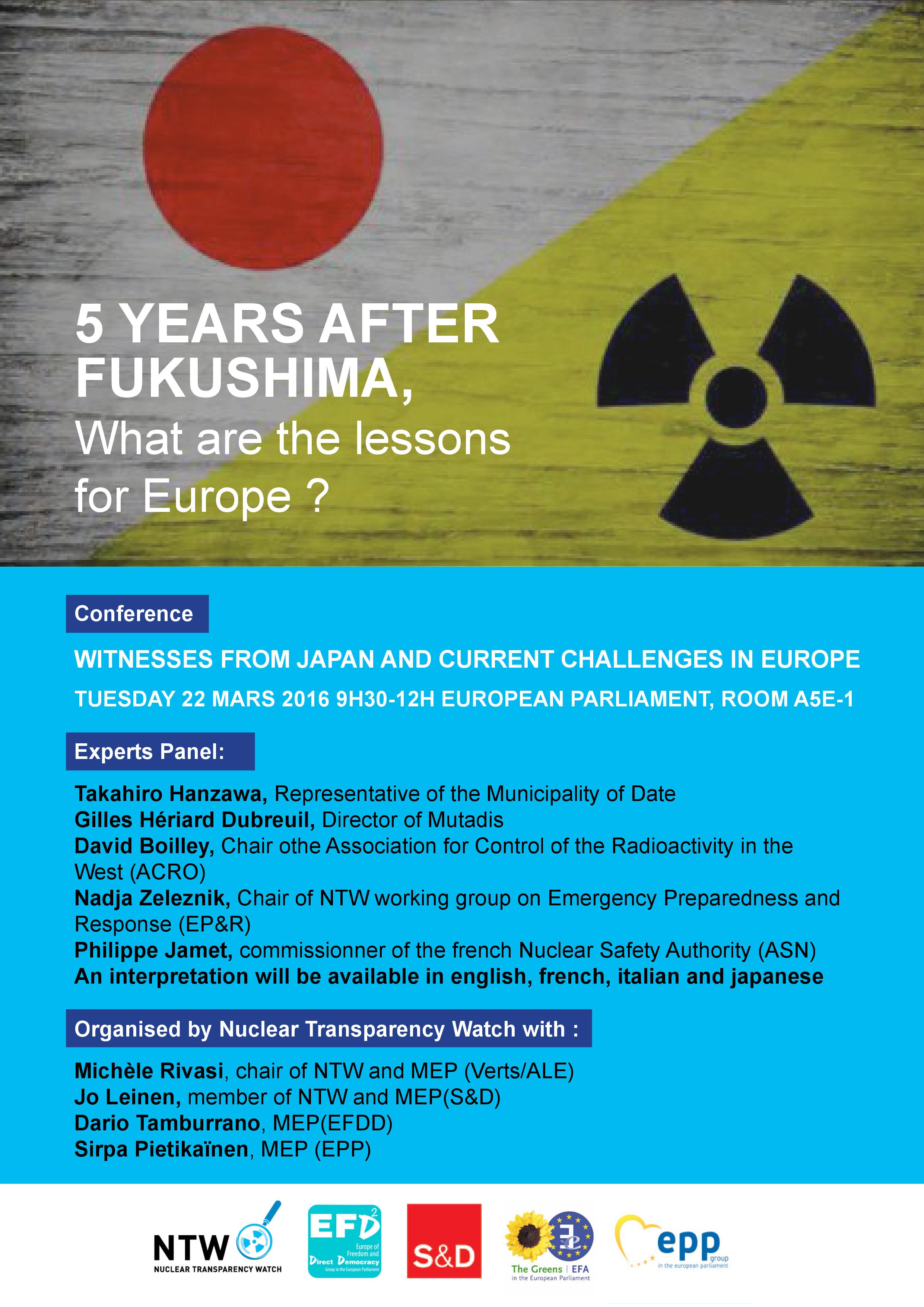


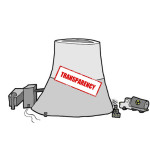

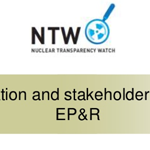
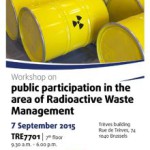
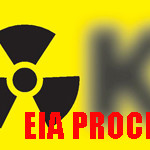
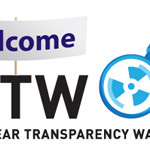
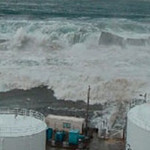

You must be logged in to post a comment.